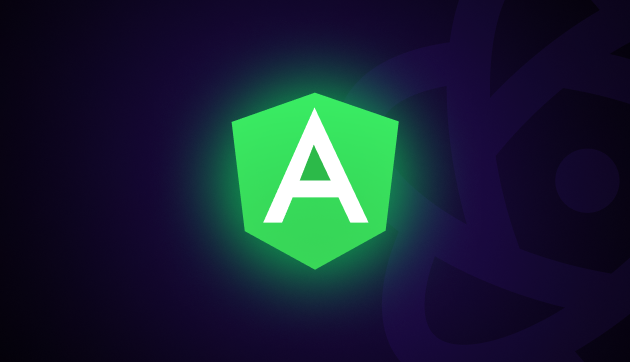
The Evolution of React Hooks: From Concept to Modern Practices
Oct 09, 2024 2 Min Read 1235 Views
(Last Updated)
Evolution is an uncontrollable phenomenon that happens to everything that exists in the universe. In this current digital era, it is all about tech evolution.
In this article, we are going to see one particular tech evolution, that is the evolution of React Hooks! This is particularly important since it involves full-stack practices. So, don’t skip it and read till the end!
Table of contents
- The Evolution of React Hooks
- Before Hooks: Class Components
- The Birth of Hooks
- The Core React Hooks
- Additional React Hooks
- Advantages of Hooks
- The Future of React Hooks
- Conclusion
The Evolution of React Hooks
React, a popular JavaScript library for building user interfaces, has gone through significant evolution since its inception in 2013.
One of the most transformative changes in React’s journey has been the introduction of Hooks in React 16.8, released in early 2019.
React Hooks have fundamentally altered how developers write and think about React components. In this blog, we’ll explore the evolution of React Hooks, understanding their purpose, advantages, and the key Hooks that have revolutionized React development.
Before Hooks: Class Components
Before the introduction of Hooks, the React architecture primarily relied on class components to manage state and lifecycle methods.
Class components allowed developers to create stateful components and handle side effects using methods like componentDidMount, componentDidUpdate, and componentWillUnmount. However, this approach came with several challenges:
- Complexity: Managing state and lifecycle methods in class components often led to complex and hard-to-maintain code, especially as components grew in size and functionality.
- Reusability: Logic for handling state and side effects was not easily reusable across components. Developers had to rely on higher-order components (HOCs) or render props for code reuse, which could lead to “wrapper hell.”
- Understanding: Class components required a deep understanding of JavaScript classes, this binding, and lifecycle methods, creating a steeper learning curve for new developers.
The Birth of Hooks
To address these challenges, the React team introduced React Hooks in React 16.8. Hooks are functions that let you “hook into” React state and lifecycle features from function components. They provide a simpler and more intuitive way to manage states, handle side effects, and reuse logic.
The Core React Hooks
- useState
- The useState hook allows you to add state to function components. It returns an array containing the current state and a function to update it.
- useEffect
- The useEffect hook lets you perform side effects in function components. It serves the same purpose as componentDidMount, componentDidUpdate, and componentWillUnmount in class components.
- useContext
- The useContext hook allows you to access the value of a context directly from a function component, simplifying the process of consuming context.
Additional React Hooks
React also introduced several additional React Hooks to handle more specific use cases:
- useReducer: An alternative to useState for managing complex state logic using reducers.
- useCallback: Memoizes a callback function to prevent unnecessary re-renders.
- useMemo: Memoizes a value to prevent expensive calculations on every render.
- useRef: Accesses a mutable ref object that persists across renders.
- useImperativeHandle: Customizes the instance value exposed when using ref with function components.
- useLayoutEffect: Similar to useEffect but fires synchronously after all DOM mutations.
Advantages of Hooks
Hooks bring numerous advantages to React development:
- Simplified Code: Hooks eliminate the need for class components, reducing boilerplate and simplifying code.
- Enhanced Reusability: Custom hooks enable the reuse of stateful logic across components without the complexities of HOCs or render props.
- Improved Readability: Hooks promote the separation of concerns, making components easier to read and understand.
- Functional Programming: Hooks align with functional programming principles, leveraging pure functions and minimizing side effects.
Custom Hooks
One of the most powerful aspects of Hooks is the ability to create custom hooks. Custom hooks are JavaScript functions that start with “use” and can call other hooks. They encapsulate reusable logic, making it easy to share behavior across multiple components.
The Future of React Hooks
Since their introduction, Hooks has become the standard for writing React components. They continue to evolve, with new hooks and enhancements being proposed and implemented by the React team and community. As React moves forward, Hooks is expected to play a crucial role in shaping the future of React development.
In case, you want to learn more about React and gain in-depth knowledge on full-stack development, consider enrolling for GUVI’s Full-stack Developer Course that teaches you everything from scratch and make sure you master it!
Conclusion
In conclusion, the evolution of React Hooks has revolutionized the way developers build React applications, shifting from complex class components to a more streamlined and functional approach.
Hooks have simplified state management, improved code reusability, and enhanced readability, making them an essential tool in modern React development. As React continues to evolve, Hooks will remain at the forefront, driving innovation and shaping the future of how we create user interfaces.































Did you enjoy this article?